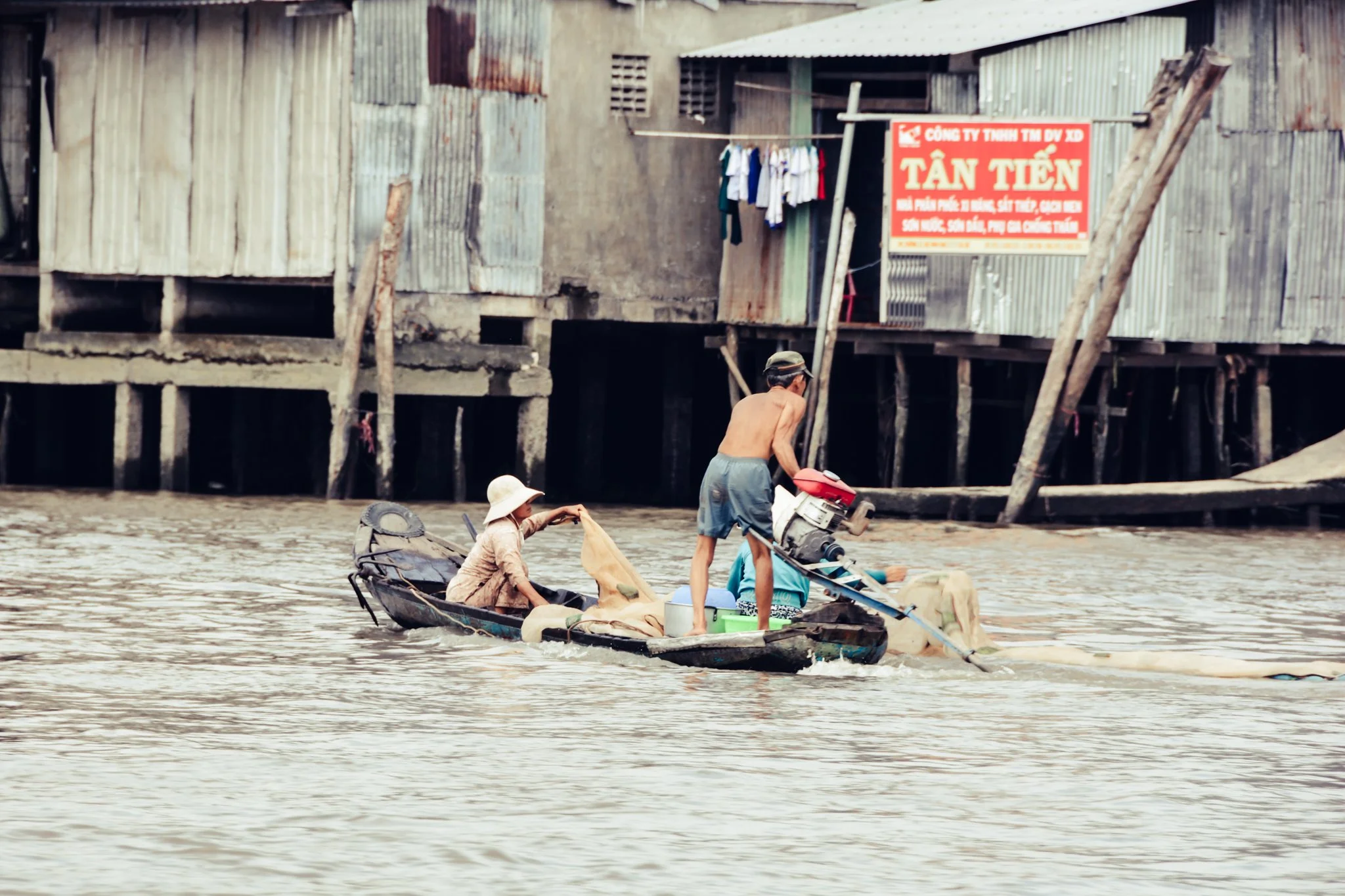My Journey Through the Cu Chi Tunnels of Vietnam
In late 2013, I found myself crawling through the dim and claustrophobic passages of Vietnam’s Cu Chi Tunnels, an intricate 75-mile long subterranean network that once harboured the Viet Cong, concealing their undetected manoeuvres and surprise attacks. There, in the heart of these tunnels, I began a journey to better understand a twenty-one-year conflict that continues to shape the nation’s collective memory.
Surprising to many is the fact the Vietnam War lasted twenty-one years. Bloodshed rained from 1954 to 1975 as the North faced off against the South and its allies. Pivotal to the outcome of the war were the tunnels of Cu Chi—a sprawling network of connecting underground tunnels outside Ho Chi Minh City and beyond. The Viet Cong used the tunnels to great effect for the North during the war, outfoxing the U.S. Army to their continual dismay and frustration.
The Cu Chi Tunnels of Death
The book, The Tunnels of Cu Chi: A Remarkable Story of War in Vietnam, tells the story of the Cu Chi tunnels. Written by two British journalists, the book tells the stories of U.S. soldiers (‘tunnel rats’) who chose to venture into these tunnels of death. Balanced by the Vietnamese side of the story, it’s a tough read at times. Booby traps, live burials, flooding, disease, acute claustrophobia, isolation, appalling living conditions, and deadly insects and snakes were among the hazards of attacking and defending the tunnels for both sides.
A Colonial History
The tunnels were originally dug in the 1940s as part of the Vietnamese fight against the French who had colonised the country. Repaired and expanded for their war with the United States in the 1960s, the tunnels now stretched further, allowing the Viet Cong to move unchallenged underneath enemy-held territory. The Americans landed in Vietnam with their mass of soldiers and superior firepower, expecting pitched battles that never came. Instead, it became classic guerilla warfare, and the tunnels were key.
I explored one of the tunnels at Cu Chi. My five minute experience would have been very different from the average Vietnamese soldier who often spent months underground without ever seeing daylight.
The tunnels were critical to the war effort, providing hiding spots during combat, communication and supply routes, hospitals, food & weapon stores, living quarters for the soldiers, and even entertainment. Famous Vietnamese singers and showbusiness stars were often whisked from the city to perform for weary soldiers deep in the tunnels to keep morale up. The tunnels were completely self-sufficient and were an ingenious creation from the Vietnamese, a country that has a long and proud history of defending itself.
The American ‘Tunnel Rats’
For the Americans though, the tunnels were a continual source of deep frustration. Hence they turned to the ‘tunnel rats’ (an affectionate term) to navigate the tunnels to detect booby traps and enemy troop presence. It’s difficult to comprehend what each of these soldiers faced when they prepared themselves to enter a tunnel. The soldiers used the term ‘black echo’ to describe the experience of being in the tunnels, often venturing down with little more than a torch and pistol.
The soldiers would spend hours navigating the cramped, dark, foul-smelling tunnels with certain death lurking around each bend. One wrong turn and they could fall into a booby trap pit for a long and painful death or face the continual threat of grenades rolling towards them. Only a few of these soldiers talked about their tunnel experiences after the war.
“There were times when I could hear the breathing, real quiet; you could hear a person breathe, and I’d know he was in there, and I didn’t go any farther. I just said to myself: In this dark corner of a tunnel is where the animal belongs, a rodent belongs. I’m becoming like a rodent, but still I don’t belong.”
Any U.S. ‘tunnel rat’ captured alive by the Viet Cong in the tunnels received better treatment than a regular U.S. solider. The Vietnamese soldiers respected their bravery, knowing the huge risks they were taking, which resonated more with their own perspective of laying their life on the line to protect what was important to them.
The Human Cost of War
Around 45,000 Vietnamese men and women died defending the Cu Chi tunnels over the course of the Vietnam War. In total, the war cost the lives of between 500,000 to 1,500,000 from many countries, including North Vietnam & South Vietnam (which made up the bulk of the dead), United States, South Korea, Australia, New Zealand, Thailand, China, and the Soviet Union. Many surrounding countries were also affected, including Laos where the US dropped more than two million tonnes of ordnance during 580,000 bombing missions as part of a ‘secret war’. This is equivalent to a planeload of bombs every eight minutes, twenty-four hours a day for nine years.
Vietnam Today
The war devastated the landscape of Vietnam with vast areas of green, agricultural land destroyed by the likes of Agent Orange—a chemical herbicide and defoliant—in an attempt to better locate the tunnels and other hiding places. But the natural habitat of the country has recovered, its land filled with green valleys, healthy rice fields, and rolling hills.
The Vietnamese people seem to hold no ill-feeling or seek any sympathy over what happened in the recent history of their country. A couple of generations have passed, but this mindset is more to do with the Vietnamese way of life. They have an affinity with the land and the values of society and family, reflected in the three religions of Buddhism, Confucianism and Taoism, which still remain an integral part of Vietnamese life.
In the materialistic, relentless, and often uncompromising world of the West, Vietnam and its people are a refreshing contrast. And considering what their country and their people have been through, it makes it all the more impressive.





